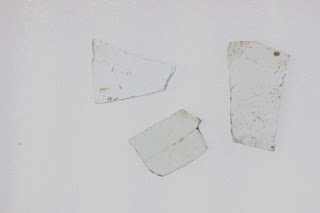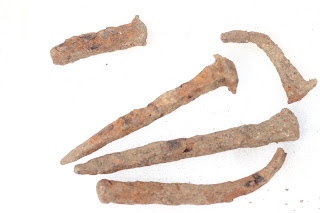Great spot today, seeing this Marbled White butterfly on the dry Meadow. There are several of them and they are a spectacular butterfly. It is only in recent years that they have appeared in our part of the country, before that they were largely restricted to the South West but are obviously now expanding. The caterpillar feeds on grasses and hibernates through the winter. The adults only fly for a relatively short period from the end of June to mid-July which is where we are now so if you want to see one then please do not leave it too late.
Monday, 12 July 2021
Sunday, 11 July 2021
Bats active on the Park in July.
Sunset is only at about 9:15 PM at this time of year and bats will start to appear about 30 minutes later when it starts to get dusk. Waiting in the Park the other evening I was treated to a large group of rabbits hungrily feeding, a large fox cub and an adult Fox coming out of the Osier Bed and then a Barn Owl hunting over the grassland. Walking back along Oak Walk I monitored bat species using an Echometer Touch ultrasonic device which plugs into an iPad. The iPad records and analyses the bat calls and then even better identifies them for us. Shown below are the spectrograms of the four different types of bat that I recorded.
Bats are present in the Park for several reasons, firstly there are old trees which give them places to roost, the unimproved grassland which is rich in insects as food and the fact that we have cattle grazing and the cattle themselves attract insects which become food for the bats. The Friends will be holding a Bat Evening in September. We do it at this time of year because it gets dark at about 7:30 PM which means it does not make too late and evening for families and children. Details will be circulated later on.
Great July for wild flowers on the Park. One of the best areas to see wild flowers on the Park is the 'sledging slope'. The soil is quite thin here and is over Chalky Boulder Clay. Here are some of the plants that you can see.
Agrimony.
The reason that we have such a great variety of wild flowers is that the Park has never been sprayed with herbicide and has only had very light applications of artificial fertiliser at least 60 years ago. Pishiobury Park is a valuable part of the 5% of remaining unimproved grassland of this type found in Herts. We are so lucky to have it freely available to us.
Friday, 2 July 2021
Community Archaeology event 2021.
From June 22nd to 1st July, LP Archaeology ran a Community Archaeology event over three sites suggested by a geophysics survey.
Two of the three sites indicated were opened, the bottom one which was the old Cattle Shed site and the new central one over a semi circular feature. No time was available to investigate the one at top right.
No further finds of any significance were made from the Cattle Shed but pieces of Iron Age pottery and pieces of bone were recovered from a shallow ditch in the other test pit. Here is the shallow ditch which showed up as a dark layer in the floor and side of the tests pit.































